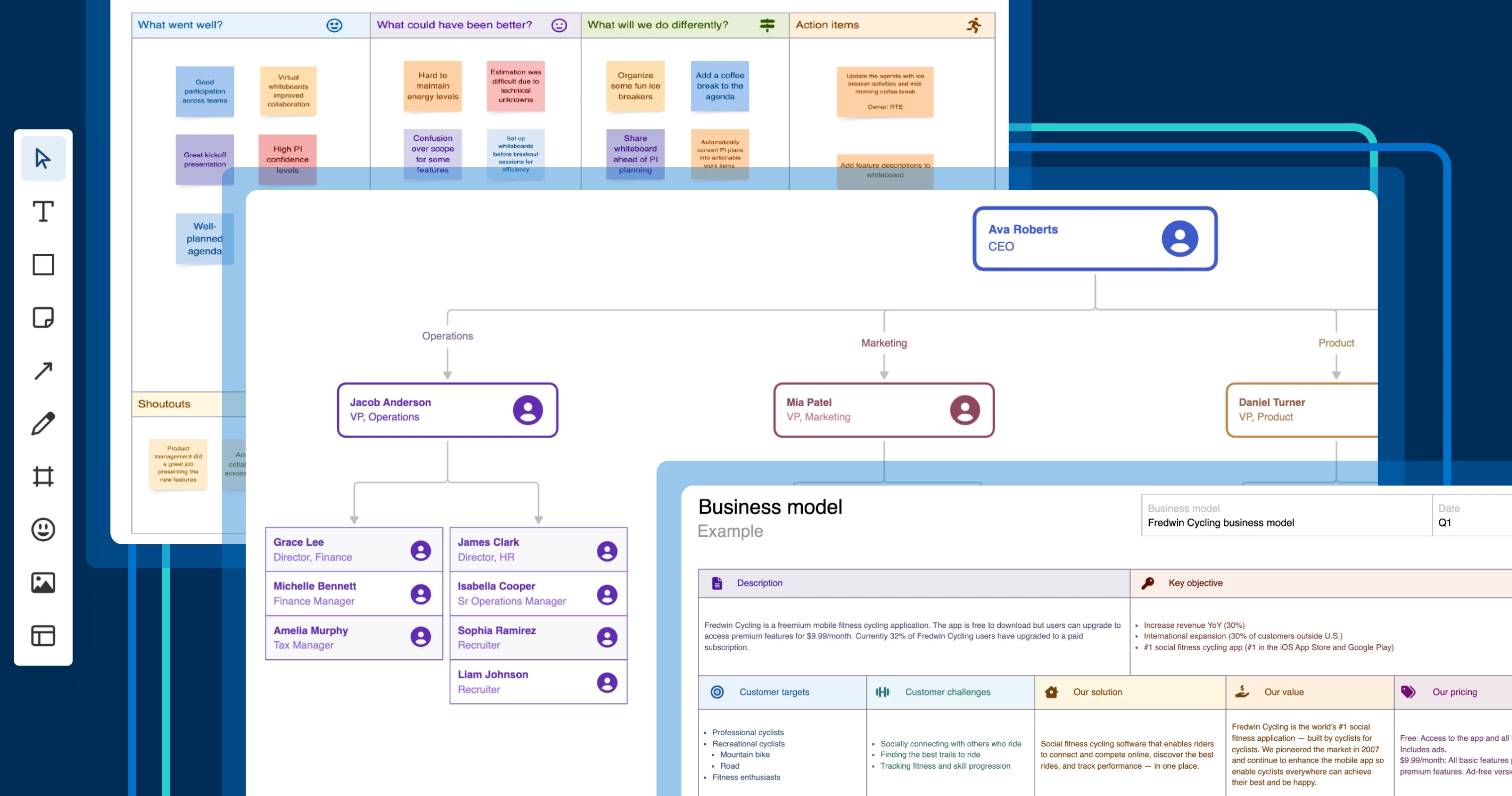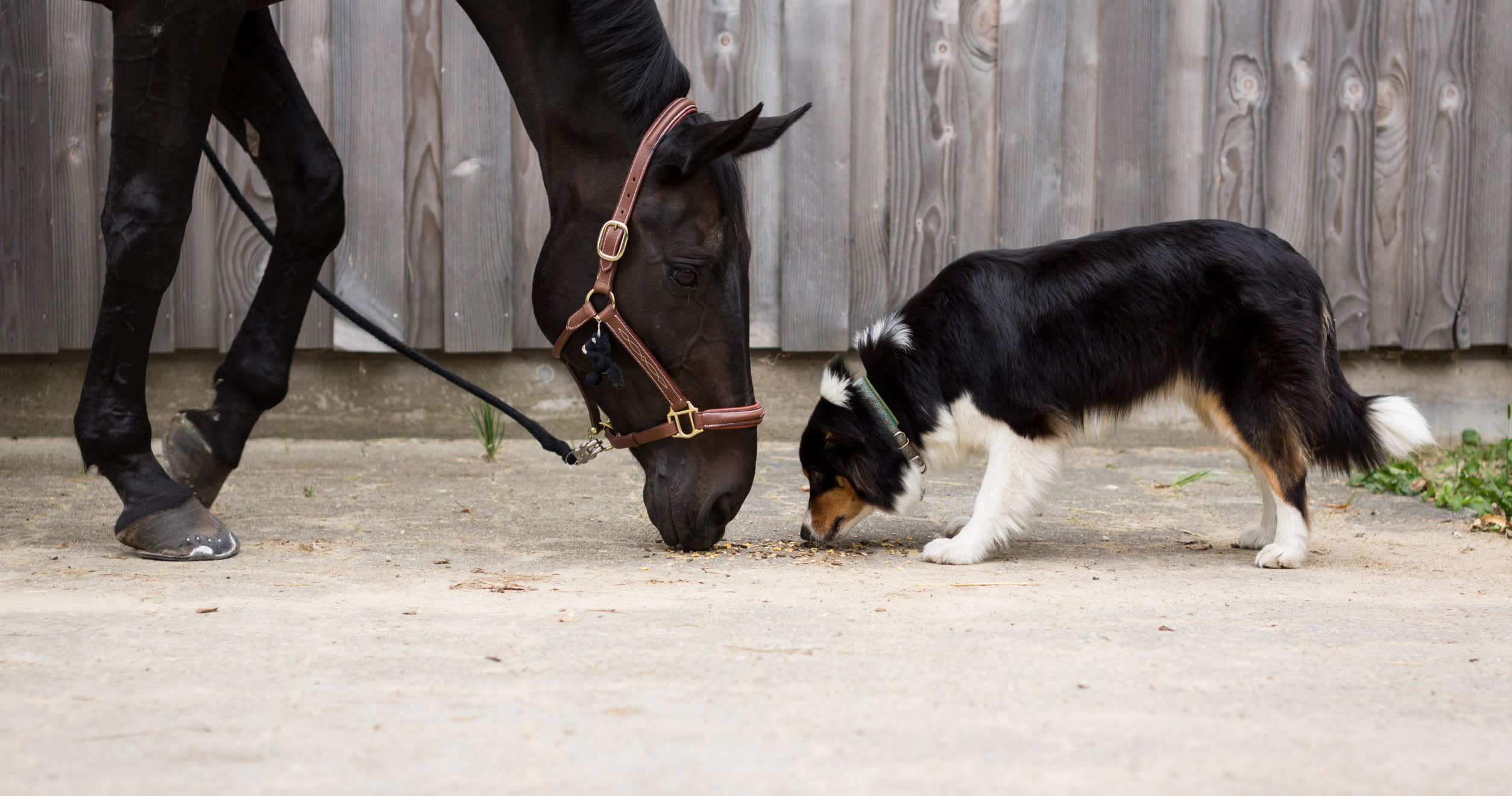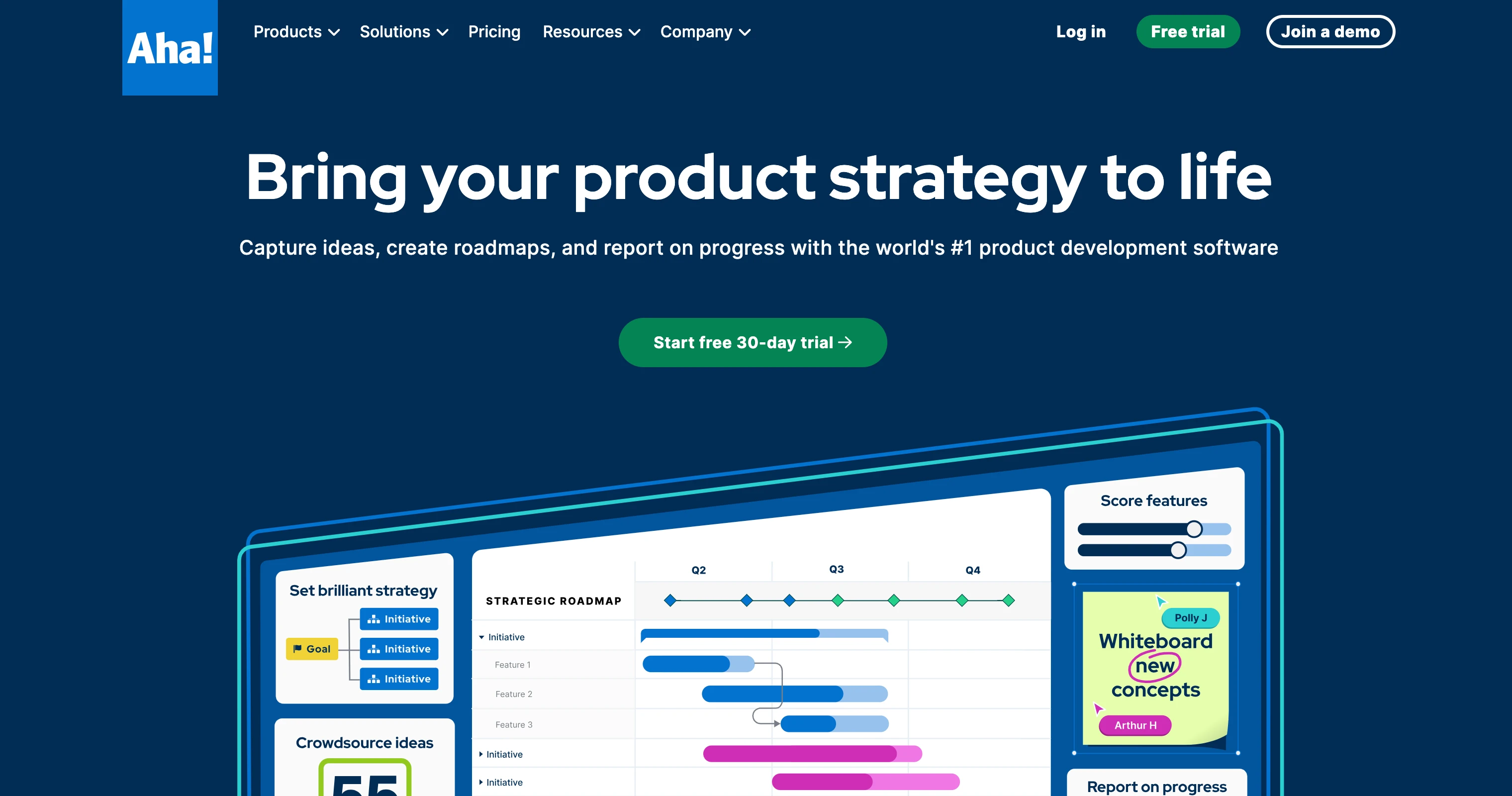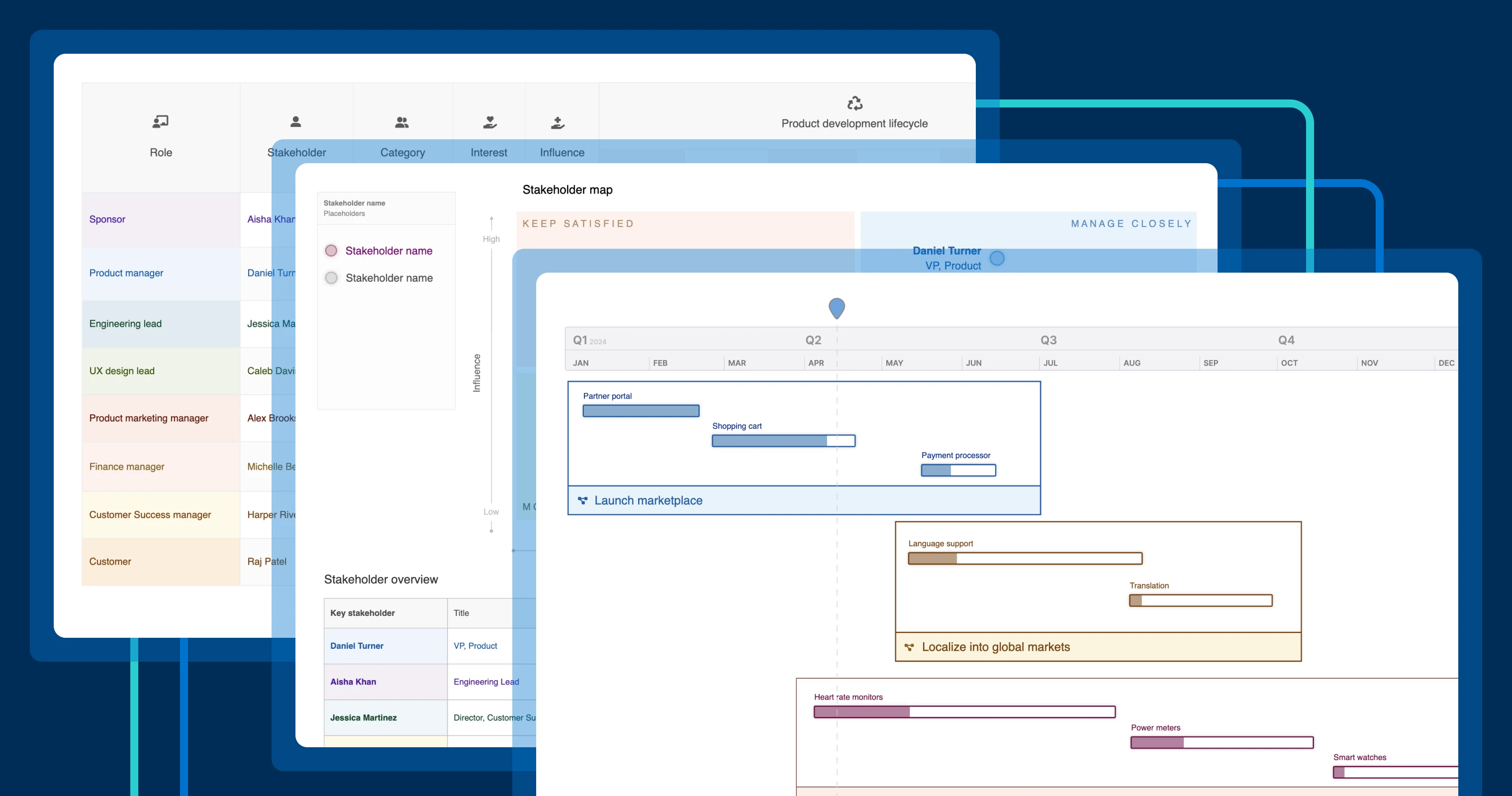
Kyle from UX and Kathryn from product marketing team up on an idea. | Photo by Jodi B Photography
12 ways product managers annoy UX designers
Early in my product management career, I was reviewing proposed UX designs. I disliked some of the designer's choices and softened my feedback with "I prefer" (e.g., "I prefer the color blue for this button.") The problem? The UX designer had invested meaningful time in user research and testing. Her choices were not whims — they reflected a deep understanding of our users and how to create a positive experience for them.
I realized how much words matter. Even good product managers can say the wrong things to UX designers — inadvertently discounting their skills and harming the relationship.
You might have a strong rapport with your UX colleagues. You check in regularly, review the product roadmap together to align on designs, and ensure they are involved in user interviews and team meetings. You recognize the value of the UX team in creating a lovable product and aim to show respect and trust in every interaction.
But is your partnership as solid as it seems? Even well-intentioned PMs may inadvertently say things that frustrate UX designers. We posed this question on our social channels and to the Aha! PM/UX team: What is the worst thing a PM can say to a UX designer? Responses poured in, with plenty of strong opinions and examples.
Here are our favorite (or rather, not-so-favorite) 12, plus what to say (and do) instead:
"I sketched out the solution."
"Feel free to copy my mockup."
"Can you give me access so I can tweak your design?"
You love solving problems and being helpful. But when you proactively make mockups or wireframes before UX designers can weigh in, you risk dictating a solution instead of inviting collaboration. Beyond crossing boundaries, this can hamstring UX's ability to contribute and erode trust in your partnership.
Do this instead:
Describe the problem instead of telling designers how to solve it.
Trust their process for gathering user research and their expertise in identifying solutions.
Use whiteboards to collaborate. If you want to make an initial sketch or wireframe, use it as a tool to spark conversation and insights.
Do not be too prescriptive — work together to find the best possible solution for users.
"That is just not right, yet."
"We will know it when we see it."
"Can we keep going through a few more rounds of changes?"
Alternatively, it can be tempting to give UX vague directions and see what they come up with. But giving lazy instructions often reflects a lack of clarity about the product vision and what customers truly need. This can frustrate your UX teammates, whose time is already limited by other projects (e.g., research, analysis, updating components).
Do this instead:
Communicate the product strategy and relevant customer feedback upfront.
Document and share key objectives and design requirements early.
Create user journey maps and share feedback together live or asynchronously.
Meet regularly to review design changes, technical constraints, and progress against deadlines.
Give clear and actionable feedback on early designs.
Capture and store notes and documentation in a single, accessible place, such as a product knowledge base.
"My designers..."
"My UX team..."
"My design team..."
It is true that product managers are ultimately responsible for the success or failure of the product. You consider the Complete Product Experience (CPE) and grapple with tradeoffs, deciding whether or not design recommendations are worth the investment. However, it is important to frame your requests or feedback with respect for the complementary roles you and your UX teammates play. Approach interactions as a collaboration of equals — both perspectives are essential to creating a successful offering.
Do this instead:
Approach designers as equal partners and actively include them in the product process.
Defer to UX for design-specific decisions when appropriate.
Look for opportunities to throw credit, celebrate wins, and discuss areas to improve together.
Building and maintaining any relationship takes meaningful effort. But when you think deeply and speak intentionally, it is easier to deliver a more lovable offering together.
"This will take a minute."
"Can you stop what you are doing?"
"We just need to go faster."
The design needs a final adjustment — simple enough for UX to do it fast, right? The problem is that design work is often more iterative and complex than it may seem. UX designers do extensive research, user feedback, and iterative testing to consider the holistic user experience. A change that looks small on the surface might impact user flow or the backend more than you realize. Last minute requests and changing requirements can make UX designers feel misunderstood and disrespected.
Do this instead:
Provide a clear summary of your request and specify when you need it.
Discuss timing early and ask the designer to estimate a realistic turnaround time.
Build in extra time for any necessary testing or final changes.
Agree on priorities and delivery dates based on the current workload.
The list above is not exhaustive. Every UX designer has their own preferences and pet peeves. What matters most? Be clear about your shared goals. Strive for direct and thoughtful conversations. Ask teammates what you can do to improve the partnership, and take action based on what they say. Transparent and proactive communication like this will help you collaborate better, so you can design lovable experiences that benefit the business and users alike.
Product managers and UX designers really, really love our team — find out why.




